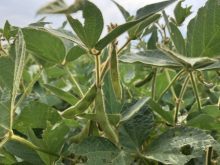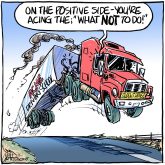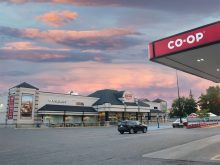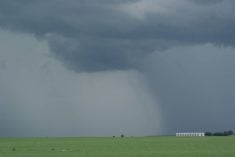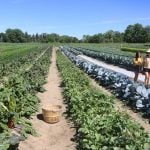As the profit margins derived from traditional prairie farming have narrowed, farmers reacted by getting out or getting bigger.
Those who stayed have used the equity in their land to buy more land.
Farmers lament that their personal need to farm more acres to maintain a livable income leads to fewer neighbours and declining communities.
This is a paradox the Prairies has struggled with for decades.
Several strategies have been advanced to halt declining farm margins and rural depopulation. Until recently, the most talked about one was to invest in diversification.
Read Also
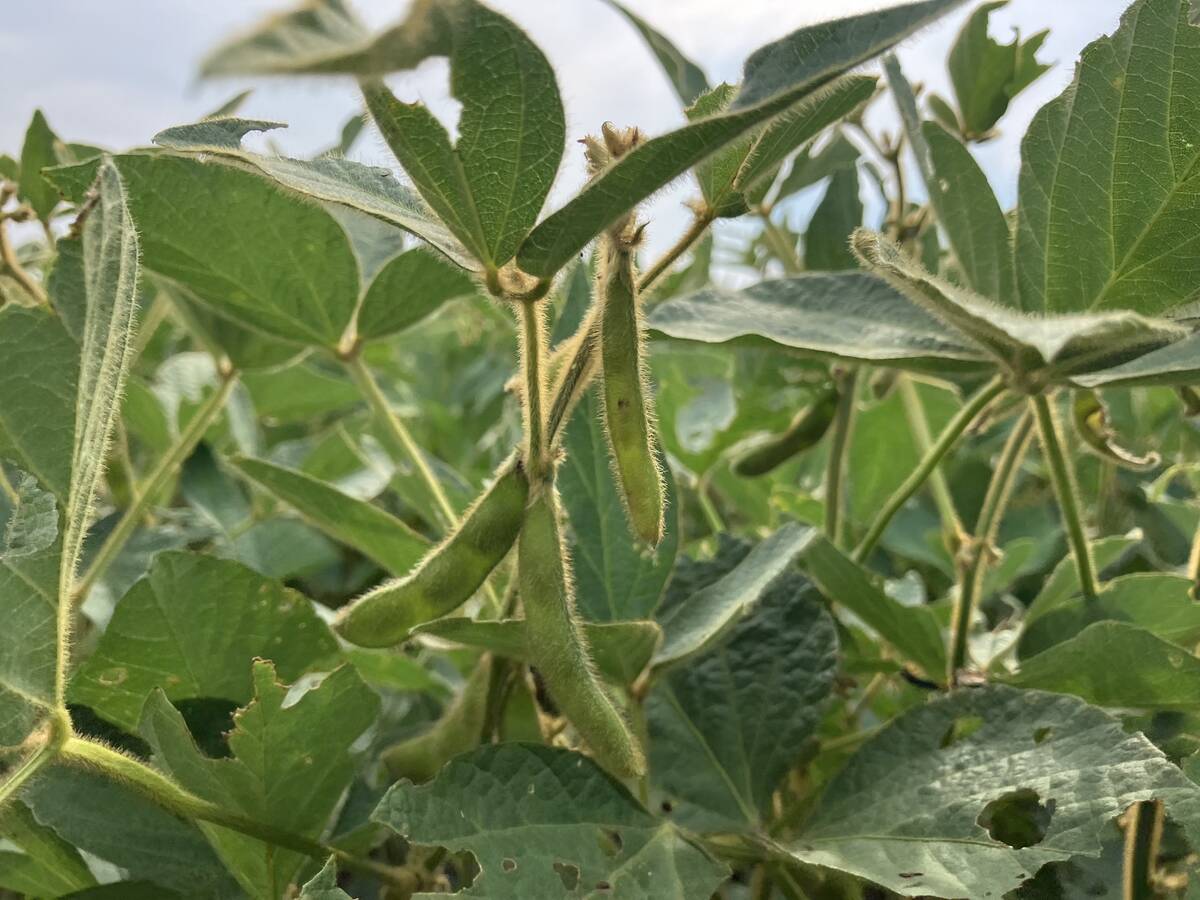
U.S. soy farmers hold bad hand in rigged game
More tariffs, an unlimited peso bailout, a government shutdown, no plan for federal assistance — and farmers are holding a bad hand in a rigged game where the rules change every day.
But while new crops and livestock species have benefited many, they have not stopped rural decline.
Another strategy is now being advanced: intensification.
Saskatchewan Agrivision Corp. is a leading proponent of investing in intensification.
Intensification is getting more revenue per acre by growing high value crops or adding value to grain by feeding or processing it. By investing to increase revenue per acre, the Prairies would create economic activity, jobs and wealth that would reverse rural decline.
There are people and groups in the United States with similar thoughts.
Thomas Dorr, U.S. Department of Agriculture under secretary for rural development, says America’s rural areas would do better if farmers used their asset base, their land, to its maximum benefit.
Using land as collateral to buy more land is a prescription for chronically low returns, he says.
He argues that farmers probably can’t get much better at farming, but they can get much better at investing their resources to generate higher rates of return.
This addresses another chronic problem for rural areas – lack of money for capital investment.
Livestock, food processing and also non-agriculture ventures such as manufacturing and tourism have potential to bring needed jobs and economic activity to rural areas, but traditional sources of venture capital seem leery of investing in them.
Local farmers with equity in their land can be a source of investment. But hard won equity must not be taken lightly.
Many communities can point to local ventures that curried sympathetic investment only to turn sour.
The odds of success in these ventures must be increased by applying the best of business strategies, finance, marketing and decision making.
Dorr says there may be a role for new local investment co-ops to specialize in this expertise.
The new century is bringing new challenges to prairie agriculture. An already highly competitive market is growing more crowded as countries in South America and the former Soviet Union with immense productive capacity become more active in food production.
The pressures on rural life here will become more intense, crying out for new ideas.
Strategies such as intensification and more sophisticated investment strategies are ideas worth serious consideration.


